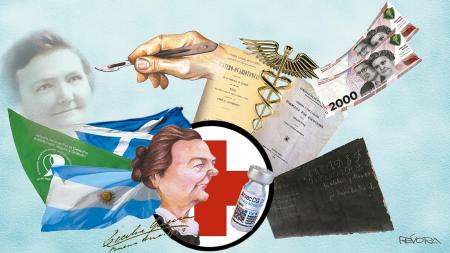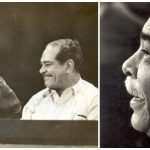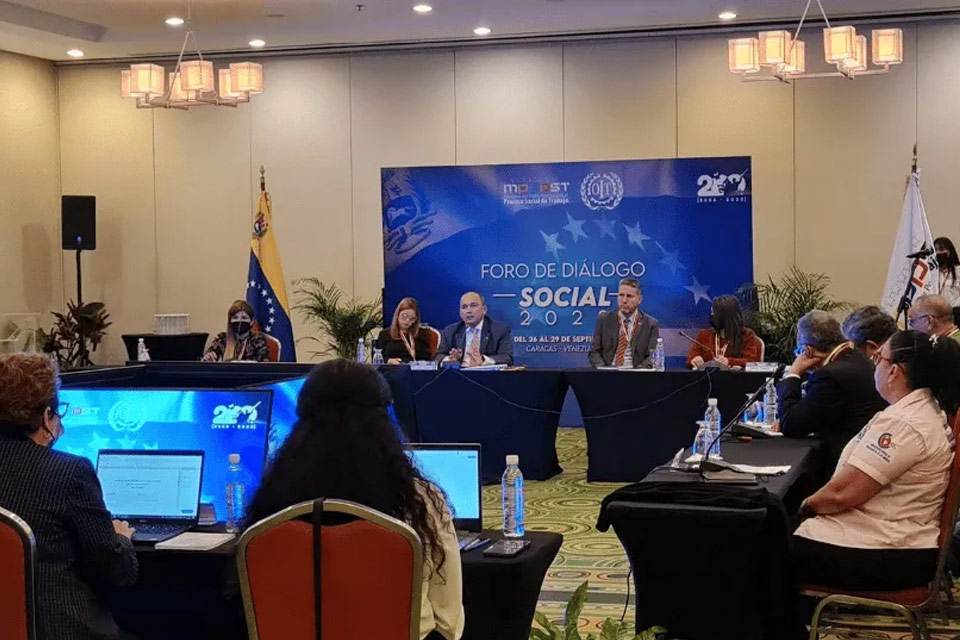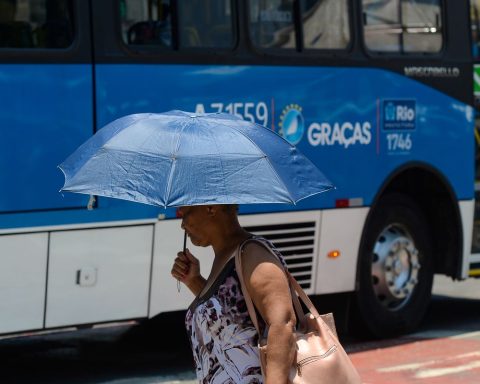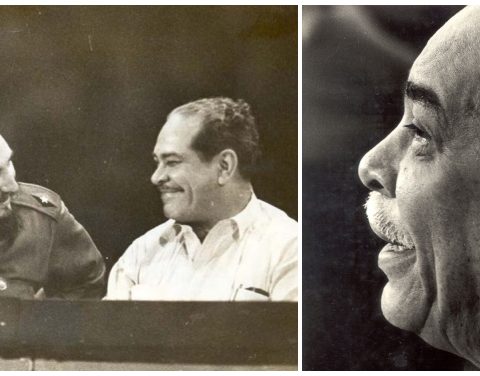A face. A face, a name and a story. Cecilia Grierson’s. A surname from Scotland and a look that holds up despite everything. And that, almost a century later, reappears in everyday life: the first Argentine doctor and pioneer in the fight for women’s rights will be on the new $2,000 bill and will give its name to the first Argentine vaccine against Covid.
Words designate things, help them make what they are, give them something that things themselves do not have. What can Cecilia Grierson give to a bill that always runs the risk of losing value? What can she say about the first vaccine made entirely in the country? History, identity and memory. A bridge that connects what happened with what is to come.

of the lowlands
The Griersons were one of the first Scottish families to arrive in Argentina. William, Cecilia’s paternal grandfather, did so in 1825 to settle in Colonia Santa Catalina -today Llavallol-, province of Buenos Aires. Cecilia would be born 34 years later, on November 22, 1859, from the union between Jane Duffy and John Parish Robertson Grierson.
After spending her first years in the field, first in Uruguay and later in Entre Ríos, she was sent to study in Buenos Aires. But what she promised to be a uneventful childhood was barely a hope.
At the age of ten Cecilia he had to return to Entre Ríos to help his mother due to the deterioration of the family economy; at twelve, he saw his father die.
“Age, and perhaps knowledge, is judged by the length of the skirt”Cecilia Grierson
But he got up. Her desire to educate had a lot to do with it. She was barely 14 years old when she was already teaching at the rural school that her mother opened in the family field to support her six children.
Shortly after, he was able to travel to Buenos Aires to study at the Normal School for Young Ladies, where did you get your teacher’s degree. With what he earned at the San Cristobal Mixed School, he moved the family to the Federal Capital.
But Cecilia’s blue eyes lit up even more when she said: “Age, and perhaps knowledge, is judged by the length of the skirt.” She had had to lengthen her dress in order to work.
That fact would mark his life. She would force a turn, as did the chronic respiratory disorder suffered by her friend Amelia Kenig, which encouraged her to a new daring: study medicine to try to save his life.

And why not?
The absurdity of Cecilia’s decision was not her desire to be a doctor but “the time.” She entered the Faculty of Medical Sciences in 1883 when studying that career was a matter of men. Exclusive for men.
“There was not no precedent in all of Latin America of a woman who had obtained a medical degree. And although there was no explicit prohibition that prevented registration, there was a regulatory trap, a requirement that was impossible to comply with”, says historian Felipe Pigna.
“To sign up for the race,” he says, you had to have approved latinbut that subject was dictated only at the Colegio Nacional de Buenos Aires, an institution that at that time was only for men”.
Cecilia Grierson participated in the first cesarean section that was performed in Argentina. She went to the Municipal Maternity Hospital in 1892 and she accompanied Dr. Alfredo Lagarde, who led the intervention.
But Grierson is going to overcome that obstacle as well. On July 2, 1889 he achieved graduation, becoming the first doctor in Argentina. Experience that will forge a feminist profile.
Shortly after graduating, she competed for the position of substitute professor of the Department of Obstetrics. The call was declared void. Classmates and colleagues felt uncomfortable with her presence.
“It was only because of my status as a womanas reported by listeners and one of the members of the examining board, that the jury gave a strange and unique ruling in this competition: not to award the chair to me or to my competitor”, he would recall years later.

Nothing stops me
During the cholera epidemic that hit Buenos Aires in 1886, Cecilia Grierson was sent to the Isolation House that housed those who suffered from the disease. This experience led to a revaluation of the role of nurses.
“The exhausting days spent in the House of Isolation gave me the idea of educating nurses, since not there was someone who responded to the needs of the sick. The best way to provide relief to those who suffer is to place at their side sympathetic, kind and capable people who can collaborate with the doctor in the fight to regain health, ”he wrote.
He promoted the use of the mandatory uniform for nurses, the siren in ambulances, toys for hospitalized children, the decoration of pediatric rooms.
That same year she founded the first School of Nurses and later the Argentine Society of First Aid. These would be the first steps in a number of initiatives and proposals that would take shape over the years.
The creation of the Argentine Medical Association (1891) and the National Obstetric Association of Midwives (1901) They are perhaps the most important. Also the Argentine Institute for the Blind.
In addition, Grierson was a member of the Deaf-Mute Commission, secretary of the Children’s Board, inspector of the Night Home and co-founder of the Argentine Society of Biotypology, Eugenics and Social Medicine.

To be a woman
In 1899 she participated in London in the second International Congress of Women, which brought together suffragette movements from around the world. The meeting extended its objectives to different areas of social life through five work spaces: Education, Professional, Political, Social and Industrial and Legislative.
In 1900 Grierson joined the creation of the National Council of Women, of which she was elected vice president, and later she was in charge of the Argentine Congress of University Women and the First International Feminist Congress of the Argentine Republic.
His fight for women’s suffrage and women’s rights in general they brought her closer to the Argentine Socialist Party, of which she participated in its initial years.
“It was not possible that the woman who had the audacity to obtain the title of surgeon in our country, was ever offered the opportunity to be head of a ward, director of a hospital or was given a position as a school doctor, or be allowed to be a professor at the University”, she said bitterly to account for the delays she suffered and the causes of her struggle.
Grierson was also the author of a study in which she demonstrated that in Argentina married women had legal status equivalent to that of children. Her considerations were taken into account in the enactment, in 1926, of the Law on the Civil Rights of Women (11,357), which modified the Civil Code.
The reform expanded the rights of women in terms of parental authority, administration and disposition of their own assets and in the regime of joint property in marriage.

streams of goodness
Lucidity was combined with commitment. Ideas with the realization of practical initiatives. grierson promoted the use of the mandatory uniform for nurses (which would spread throughout Latin America), the siren in ambulances, toys for hospitalized children, the decoration of pediatric rooms.

His writings also marked an era. “Practical massage” (precursor in kinesiology), “Education of the blind”, “Care for the sick”, “First aid in case of accidents”, “Technical education for women” and “Nurse’s guide”, would be the featured.
Doctor, surgeon, teacher. Feminist, fighter for equal rights. She is also a painter, sculptor and gymnast. Generator, as he once said, of a “current of goodness”. Cecilia Grierson died in Buenos Aires on April 10, 1934. She was 74 years old.
But today he returns. His lively eyes are present again from a ticket, his name on a vaccine. Prosperity and health for all, Cecilia Grierson would say. And it is not little.
